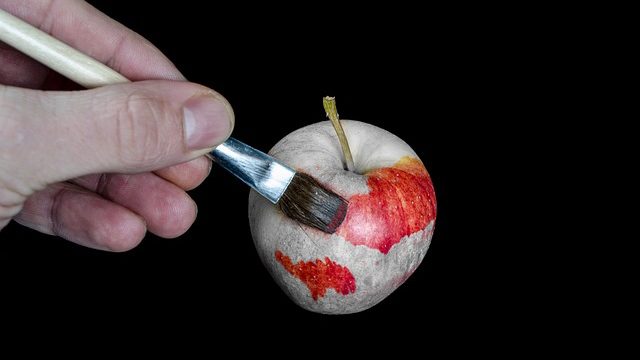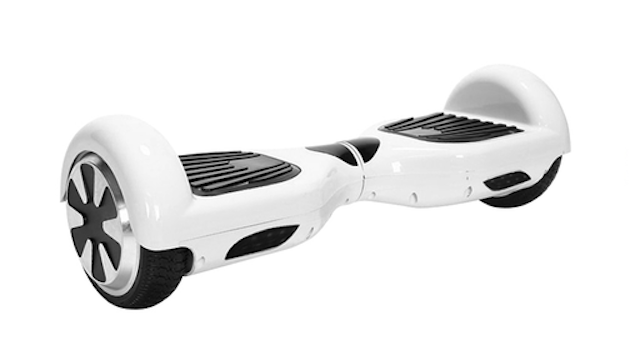Loyalty program can be an expensive investment. Once you decide to take that plunge, it is important to take the pulse of your program at regular intervals to make sure it is doing what you want it to do. In this series, I would like to discuss how to gauge loyalty program success and ROI.
Success Metric Depends on Your Goal
Different loyalty programs set out to achieve different goals. The best metrics for gauging your program performance depend on the specific goals you have for your program. Broadly, most companies decide to start a loyalty program for one of the following five reasons:
- To grow customer spending. With this goal, you are trying to make consumers increase their spending at your business. This can happen either because they pull their purchases from other places to concentrate more of their purchases with your business, or because you are expanding their absolute demand. The latter one is more likely to be the case when your product category is a flexible one, e.g., travel, entertainment, etc.
- To reward your best customers and strengthen their loyalty. You create a loyalty program to better understand and cater to their needs, and to make them feel truly appreciated. The delayed reward nature of such programs can also decrease your promotional cost to these customers.
- To be on par with competition. This is a scenario where many of your competitors have loyalty programs. Although you may have felt ambivalent about having such a program, you realize the pressure the competitors’ programs are creating to your business and the bleeding of your customers because of it. In this case, your main focus is to catch up on competition and stop further loss of customers and their spending.
- To attract new customers. This is almost the opposite to the last scenario. In this case, you may be a loyalty program pioneer among your competitors, or you may have a better designed loyalty program. Either way, you are hoping to lure at least some customers away from your competitors, or otherwise attract consumers who were not buying from you before the program was in place.
- To gain customer insight. Your business may not offer a natural way of tracking consumer purchases. Starting a loyalty program can help you solve this problem by offering a mechanism of tracking at least some consumers’ purchases. You then leverage the insights learned to improve your products and marketing messages.
Continue reading “Measuring Loyalty Program Performance and ROI Part 1”



